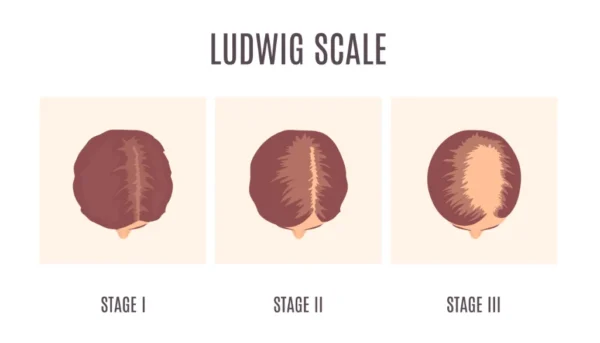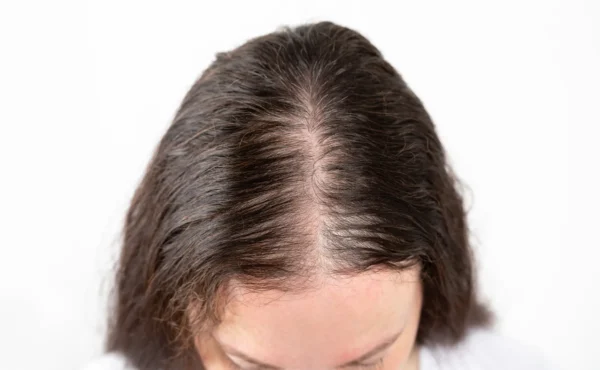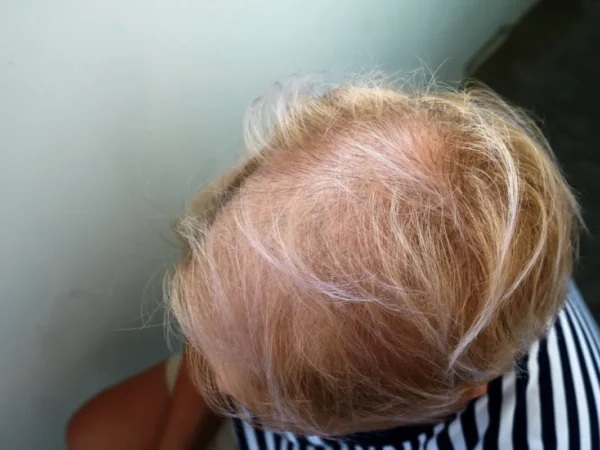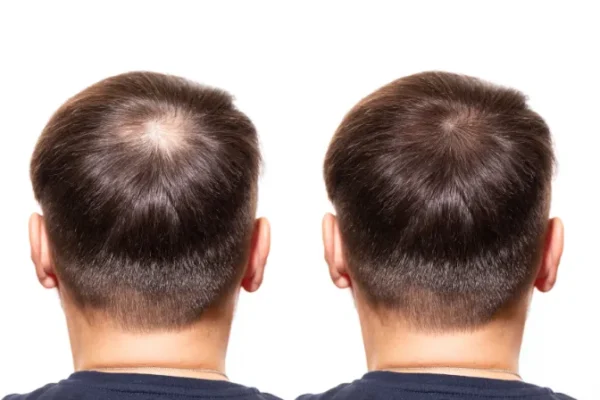Elite Hair Centers
We know that choosing a hair restoration provider is an important decision. At Elite Hair Centers, our unique dermatology and plastic surgery team is dedicated to delivering exceptional results with expertise and passion. This is what sets us apart from the competition.
Female Pattern Hair Loss
Female pattern hair loss is a prevalent, non-scarring type of hair loss that affects adult women. The exact cause remains unknown, but a combination of genetic and hormonal factors likely plays a role. Some women may experience hair loss due to excess androgen hormones, which can occur early on but most commonly arise around or after menopause, when androgen hormones increase while estrogen levels decrease. Approximately 30-40% of women over 70 years old are affected.
Similar to male pattern hair loss, female pattern alopecia involves the progressive miniaturization of terminal hair follicles into small, thin follicles, with a shortened anagen (growth) phase. This process is thought to be influenced by androgen hormones, as in men, although the precise mechanism remains unclear. Women with excess androgen levels (e.g., those with polycystic ovarian syndrome) often develop early-onset female pattern hair loss, but most women with this condition have normal androgen levels. If hyperandrogenism is suspected, measuring free and/or total testosterone levels and dehydroepiandrosterone sulfate (DHEAS) levels may be considered. Increased sensitivity of hair follicles to androgens or a role for estrogen may exist in the process.
Female hair loss typically results in overall thinning, with the most significant loss occurring on the top of the head, thinning along the midline part, and preservation of the frontal hairline. However, the entire central scalp may show thinning, and some women may have a frontal and bitemporal recession, similar to male pattern hair loss. Many women first report thinning hair in a ponytail or increased visibility of the scalp. The Ludwig scale is commonly used to grade female hair loss.
Most women with female pattern hair loss report a negative psychosocial impact on their daily life. Medical, procedural, and surgical options are available for treating female pattern hair loss, which is discussed in detail in another section.




TESTIMONIALS

Before & After Gallery
*Individual results may vary.

